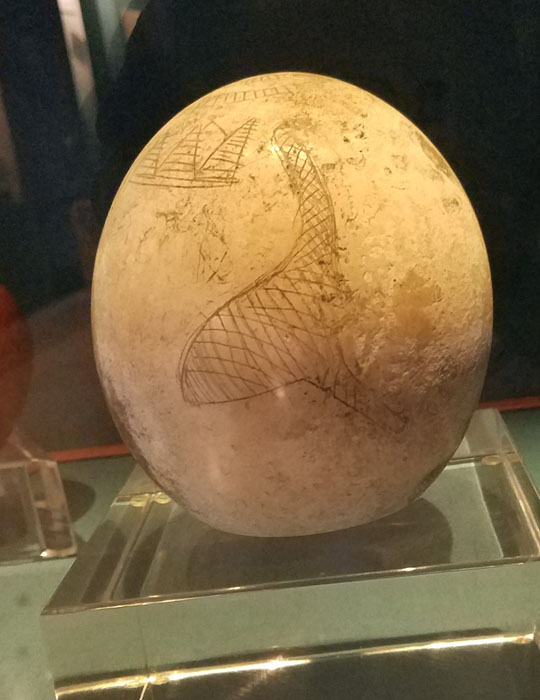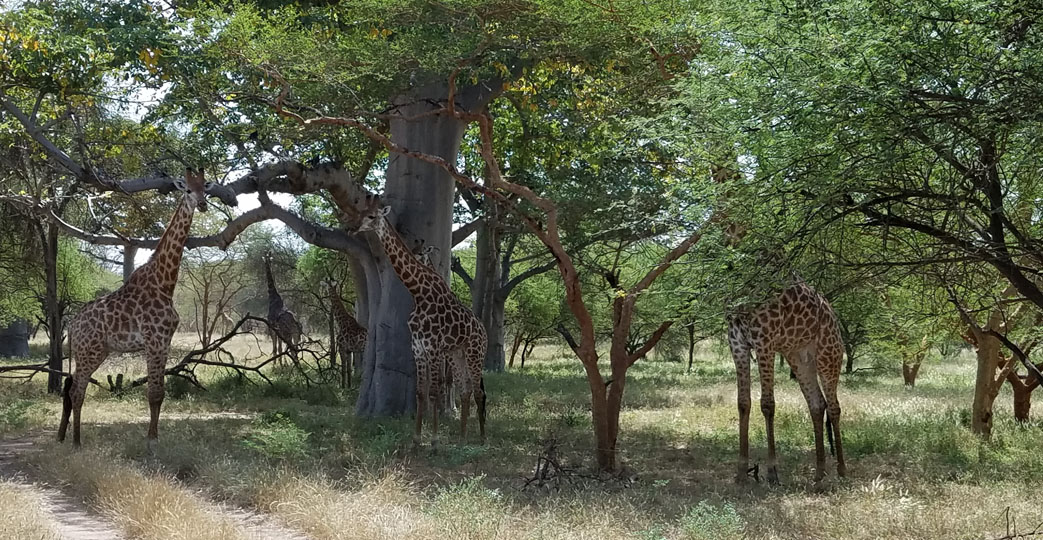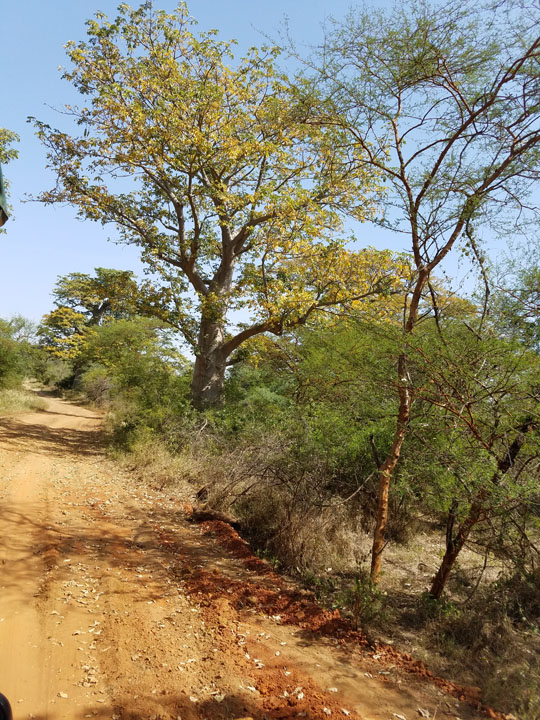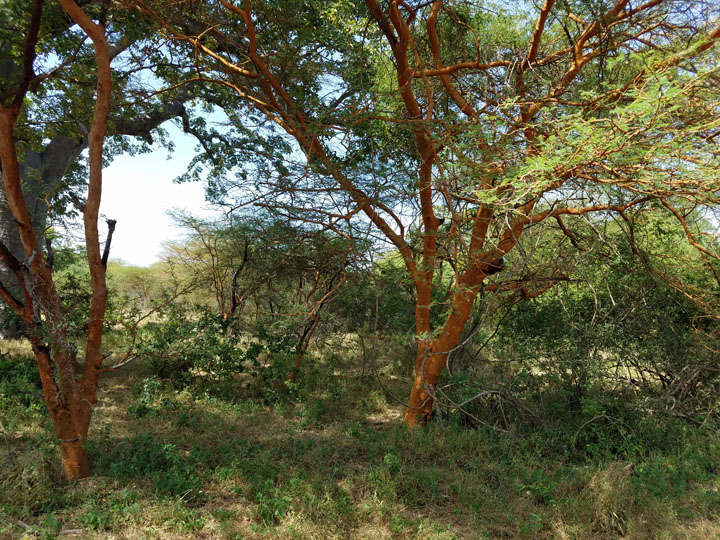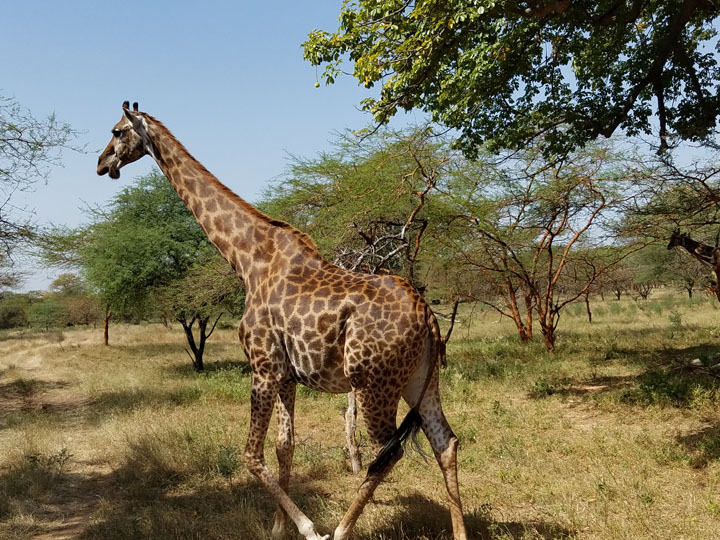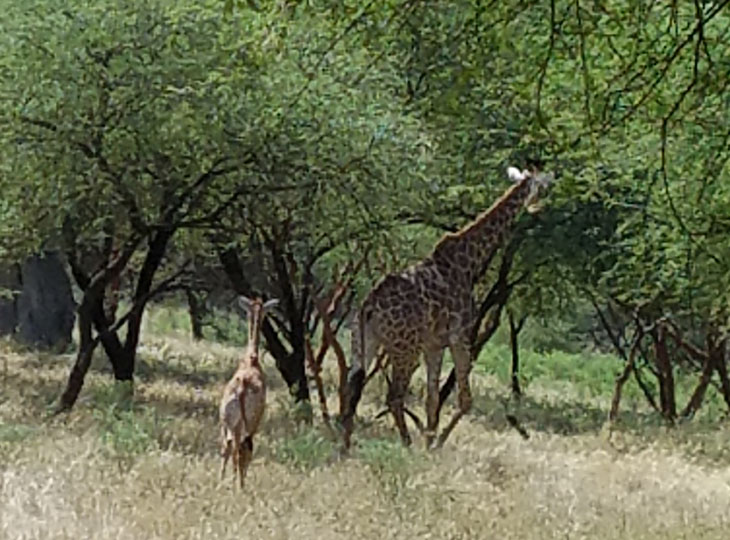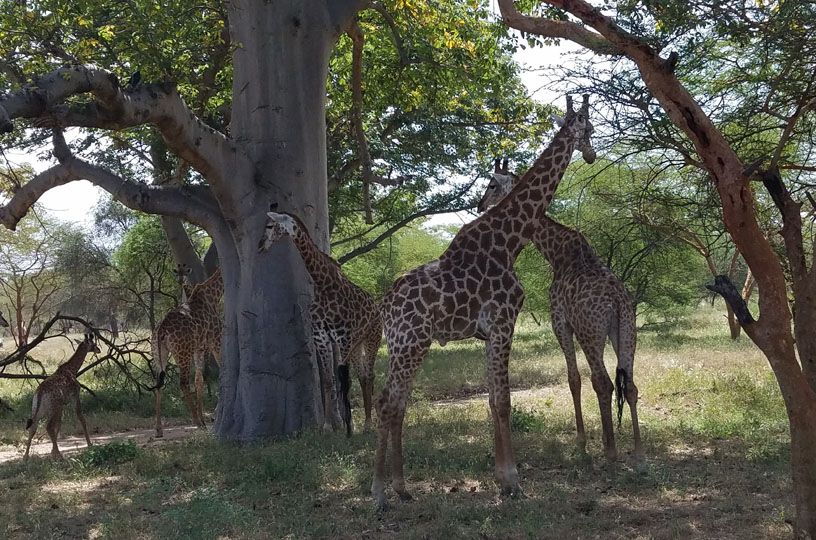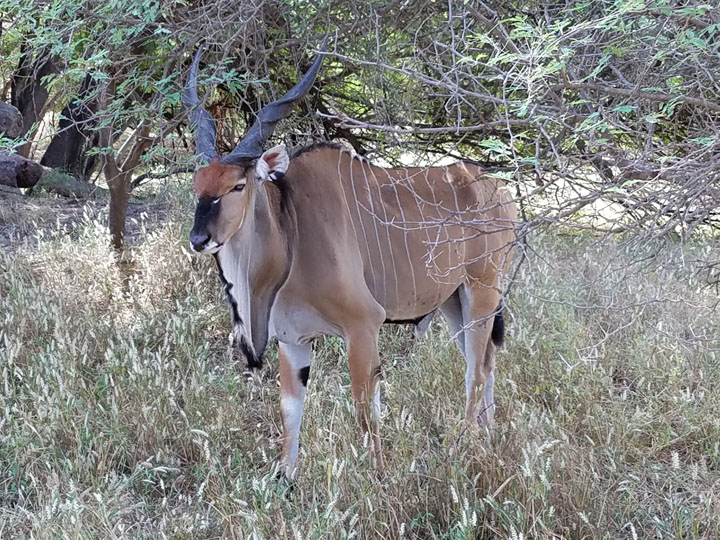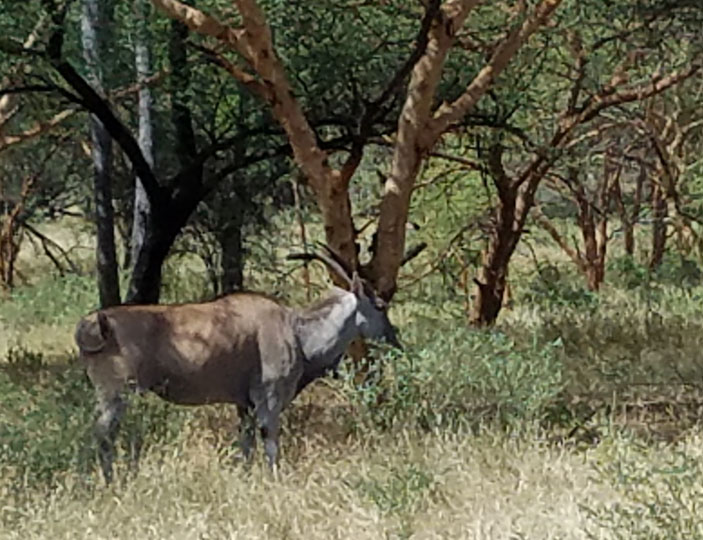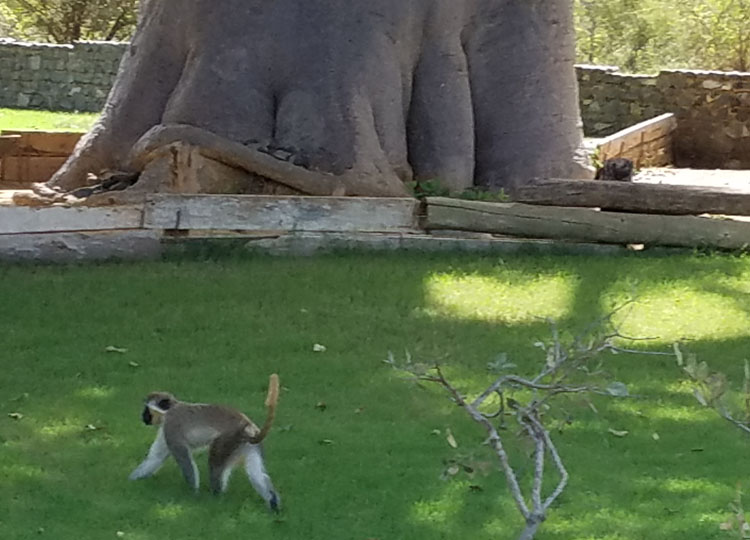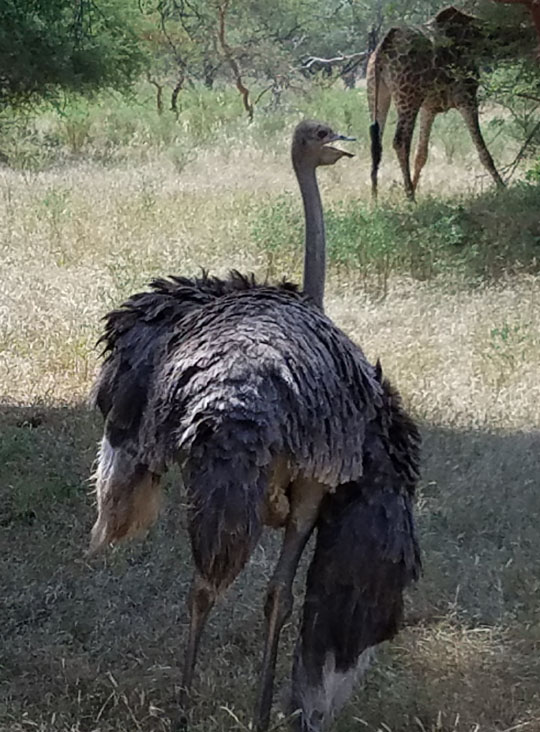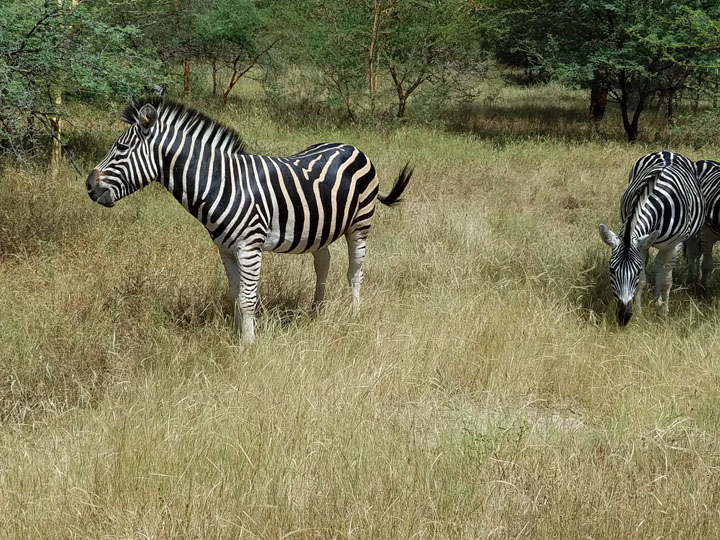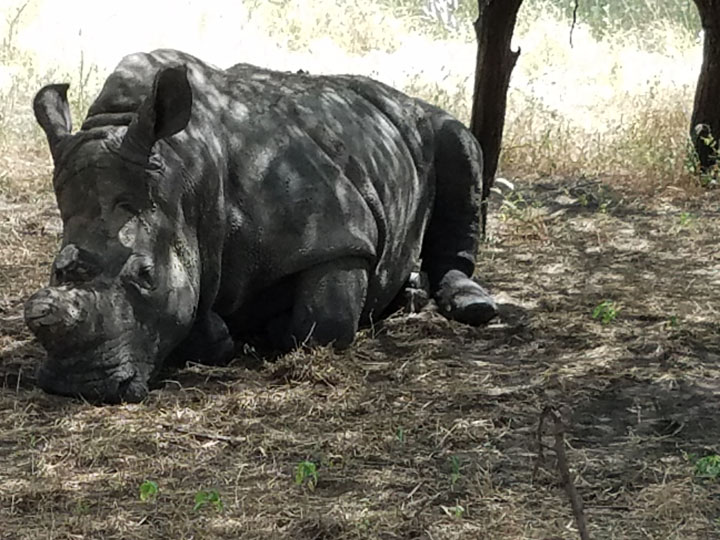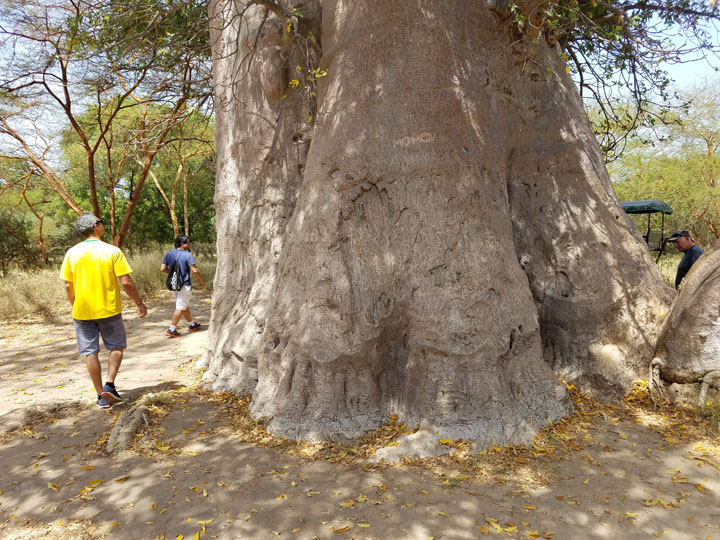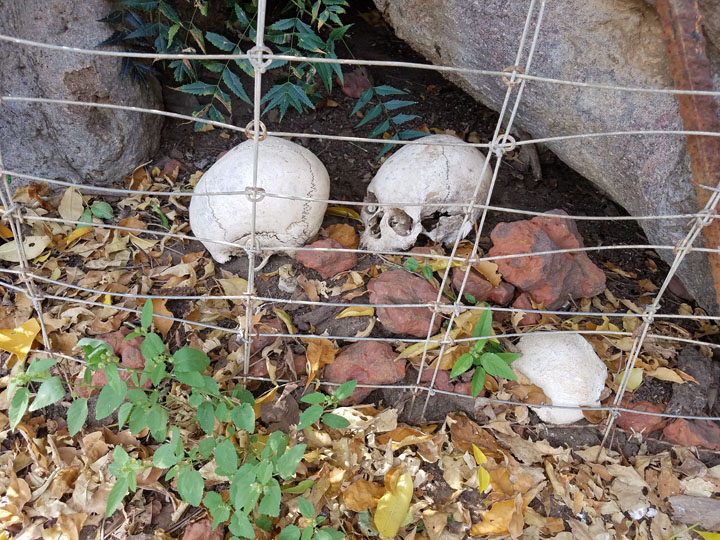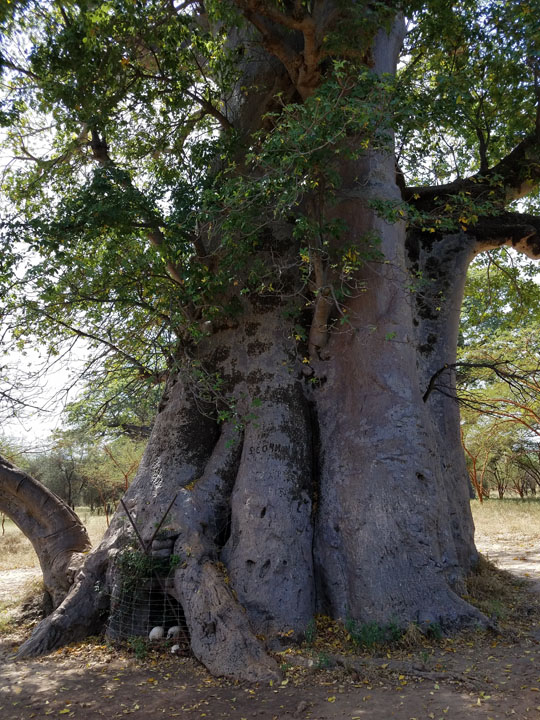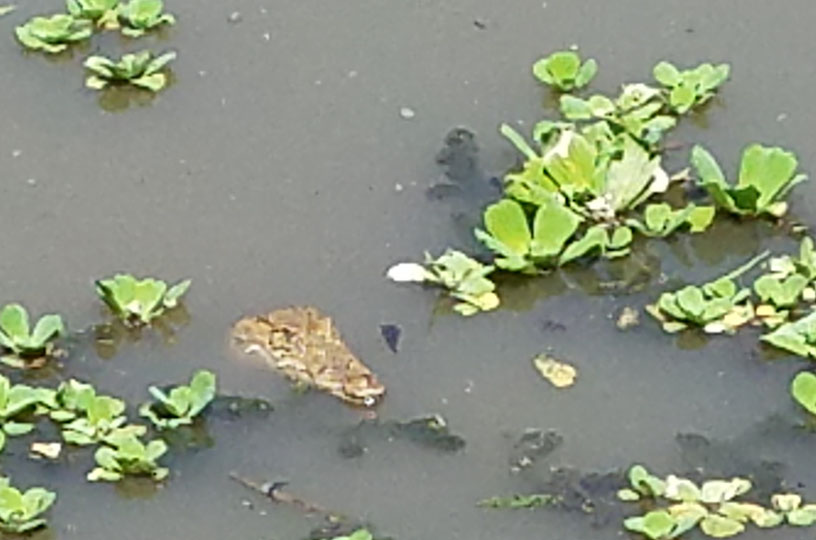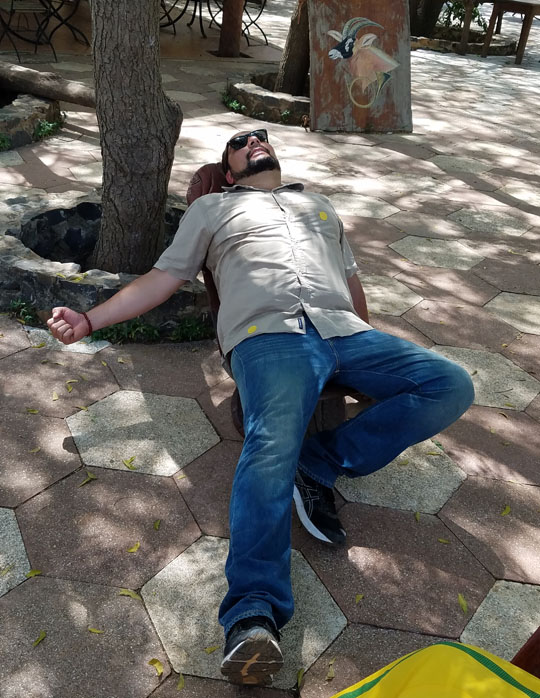Today’s archaeology profession estimates the Pyramids of Giza to be about 4,600 years old. However, because the pyramids are made of stone, traditional dating methods using carbon-14 can’t be used to estimate their age. There really aren’t any good ways to determine when stone structures were built by examining the structures themselves – it is necessary to rely on organic material such as human remains found inside or near the structures.
In the case of the three major Giza pyramids, bodies were not found inside, and therefore the carbon-14 dating has relied on artifacts found on the surrounding plateau, such as remains of bread in a fire pit. It’s a reasonable methodology, but it relies on the assumption that the pyramids were built at the same time as the village that surrounded them. However, what if the three large pyramids were built before the village? What if the village was built on top of something older which hasn’t been excavated yet?
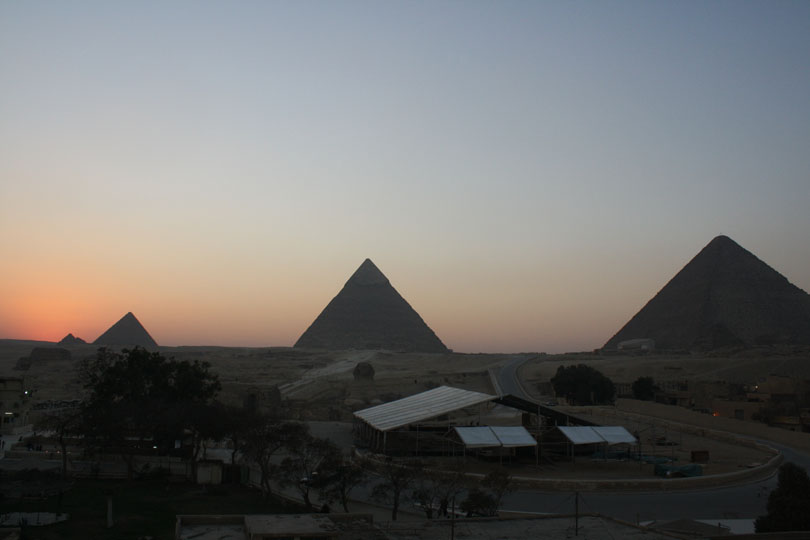
What if the Pyramids of Giza are Older Than Believed?
However, perhaps a clue lies elsewhere to the age of the pyramids?
An ostrich egg was found in a tomb near Aswan that shows 3 triangular structures side by side. According to carbon dating methods, the human remains found in that same tomb were 7,000 years old. Therefore it is reasonable to think objects found in that tomb, including the egg, were equally old. Could the triangles etched on that presumably 7,000-year-old egg represent the pyramids of Giza? Some people think so, while others are skeptics. Alongside the triangles, there’s a marking that some people think could represent the Nile river and the Fayoum Oasis. But again, others are skeptics.
I haven’t seen any debate questioning that the egg itself is 7,000 years old. That seems to be accepted. The debate I’ve seen centers around what the drawing represents. Ie, does it represent the Giza pyramids, Nile River, and Fayoum Oasis as the theorists claim? Or does it represent something else?
The photo at the top of this page shows the view of the egg that I photographed when I visited the Nubian Museum in 2018. It sits inside a glass case with a wall behind it, so there’s a limit to what angle can be photographed. In 2019, I noticed that the museum had changed the angle of the egg that was visible to me, so I took another photo showing a clearer view of the three triangles:
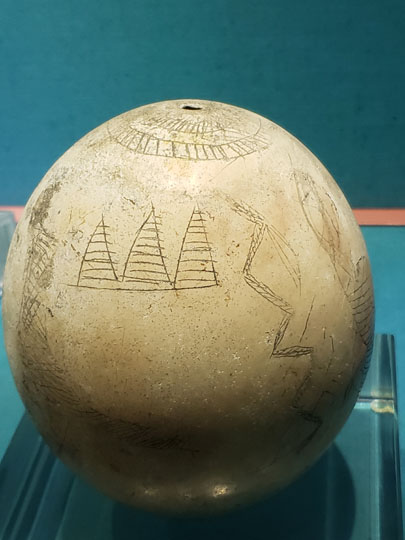
The Meroitic Pyramids Theory and Why It Doesn’t Fit
Some skeptics have suggested that the 3 triangles might represent the Nubian pyramids of Sudan in the Meroitic kingdom of Kush. However, the Sudanese pyramids marked tombs, and were built much more recently (4,600 years ago) than the tomb the ostrich egg was found in (7,000 years ago).
The Nubian pyramids are also much farther south than where the egg was found, in what (during ancient times) would have been a different kingdom from the one governing the Aswan area where the egg was found.
Seeing the Egg for Yourself
Today, the ostrich egg resides in the Nubian Museum in Aswan, Egypt. I had the pleasure of seeing it firsthand myself on May 6, 2018 while I was in Aswan. It’s fascinating to look at this 7,000-year-old object and try to come up with alternate theories for what the image is showing. So far, I keep coming back to the conclusion that maybe it does prove that the Pyramids of Giza are older than what mainstream archaeologists currently believe.
I look forward to seeing how future discoveries enhance our insight into the past.
